

Camp Ruttan 1945 - 1950
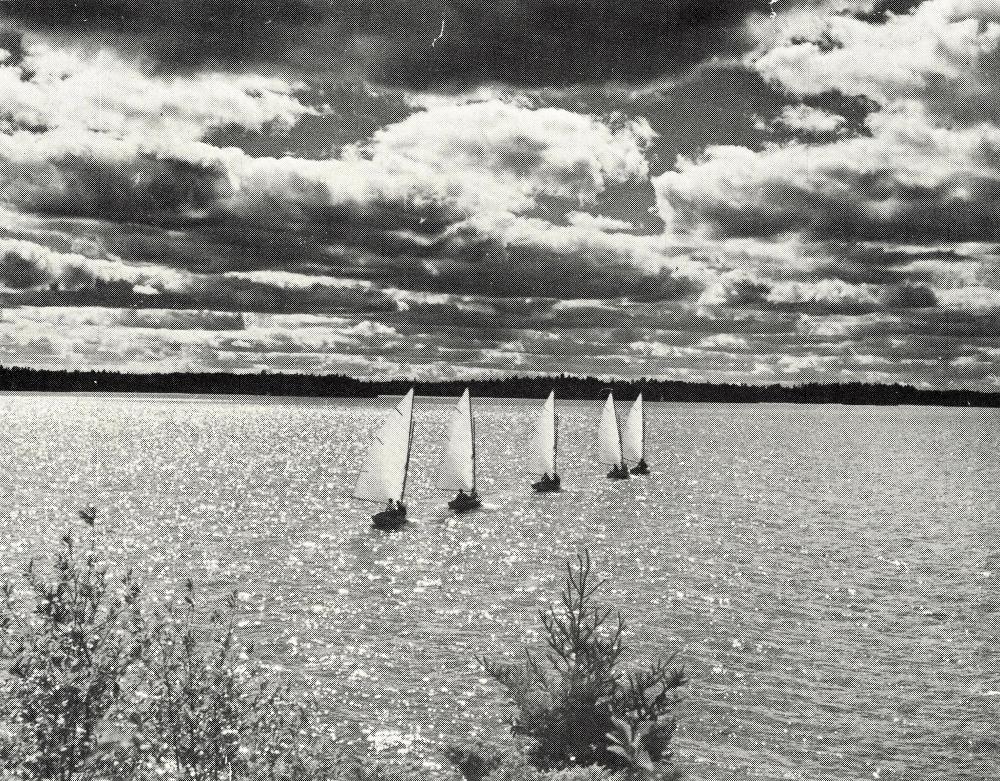 |
Camp Ruttan situated on Town Island in the Lake of the Woods area of north-western Ontario, was built and maintained by the Manitoba division of the Navy League of Canada. The camp, named after the immediate past president of the Manitoba division, Mr. J.D. Ruttan, was operational between the years 1946 and 1950 when it was replaced by H.M.C.S. Quadra on Vancouver Island.
Originally a tent camp, the facilities were improved until by 1948 they consisted of 22 buildings. Included was an administration building, a stores and cadet officers quarters, mess deck and galley, quarters for the civilian galley staff, a canteen, a ship's office, commanding officers building and naval officers cabins.
In addition to the shore facilities the camp maintained 32 boats for training purposes. When all craft were secured at the jetty there were six whalers, fifteen dinghies, four sea cadet cutters, six small row boats and one 32 foot navy harbour craft. The latter was used for running supplies and transporting cadets to and from the town of Kenora.
The camp was staffed by 26 civilians who were responsible for caretaking duties and meal preparation. Supervision of the civilian staff and responsibility for the camp as a whole fell to Royal Canadian Navy personnel who were assigned to the base for the summer. The regular force staff were augmented by local sea cadet officers who accompanied each draft of cadets to stay at the camp.
Each group of cadets, averaging approximately 175 boys, stayed at camp Ruttan for two week periods starting the second week in July and continuing through August. The first camp period generally consisted of sea cadets from Winnipeg while the remaining periods were filled by boys from Brandon, Manitoba, Fort William and Port Arthur, Ontario, North Battleford, Saskatoon, Prince Albert and Moose Jaw, Saskatchewan.
The cadets would arrive at the town of Kenora by C.P.R. train and would march to the town jetty where they boarded the camp whalers. They were then towed to the campsite by the navy harbour craft. Upon arrival at the camp, the cadets were given a brief check by the medical staff before being assigned their quarters. The seven bed "sick bay" was normally maintained by a medical student in his final years of studies.
Dress at Camp Ruttan was aimed at comfort and not show. The boys were issued with blue navy fatigue dungarees and shirts twice during their stay. In addition all hands were supplied with white tropical helmets for camp wear. Dress uniforms were restricted to ceremonial parades and liberty parties in Kenora.
Administration Building |
A routine day would start at 6:30 when the cadets were roused from their sleep for a swim in the lake. After the morning exercise and their nine-twenty man cabins had been thoroughly cleaned the boys would report to the mess hall for breakfast at 7:30 A.M. sharp. Breakfast was followed by "divisions" at 8:45. The cadets would fall in on the parade deck where the colors were hoisted and prayers were read prior to the march past.
Classes would start at 9:00 A. M. and they were generally restricted to learning how to sail, swim, row and dive with some instruction in knots and bends. This routine would continue throughout the morning and afternoon with "stand easy" breaks to visit the canteen and an hour and one-half for dinner at noon. At 3:45 the bugler would sound "secure from classes", which would end the class day.
After another swim and supper, the cadets were free for some additional sailing or to play baseball, soccer, volleyball or other sports. Besides the regular three meals a day and canteen breaks, the boys had a daily "kye time" (cocoa and a snack) at 9 P.M. A sing-song was traditional during this bedtime routine.
To train the cadets in ship's routine all hands were required to take turns standing watch. A watch consisted of two hours quarterdeck duty as either quartermaster, messenger or jetty sentry. The quartermaster was responsible for making announcements over the loud speaker system, strike time on the ship's bell and pipe aboard any visiting senior officers. During night watch he acted as fire sentry and checked the boats at the jetty and on the buoys. Jetty sentries were kept busy during the day watch logging boats and crews.
During 1949 naval officers on staff at the camp included Lt. Cdr. D.S. Menzies R.C.N. (R) of Winnipeg as commanding officer and Lt. Cdr. P.K. Wilton R.C.N. (R) of Saskatoon as executive officer. Lt. A. Torrie R.C.N. (R) was first lieutenant. In the same year the religious side of camp life was directed by Father C.C. Ryan of St. Paul's College and Padre George Service of Augustine Church.
The Manitoba division of the Navy League was forced to discontinue Camp Ruttan due to naval personnel commitments. The R.C.N., having personnel stationed at the many regional Navy League camps, insisted upon centralized summer camps on the east and west coast. With the withdrawal of the navy support Camp Ruttan was closed in 1950.
The photographs of Camp Ruttan were made available by Mr. A.G. Payne and Mr. H. Hanna of Winnipeg and R.C.S.C.C. John Travers Cornwell V.C.
Naval Stores and Officer's Quarters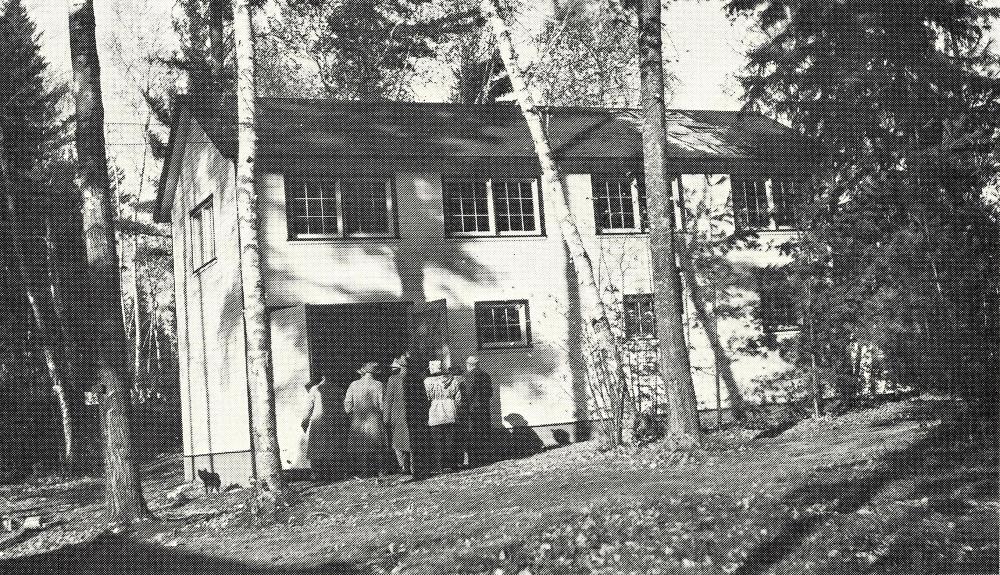
|
Commanding Officer's Cabin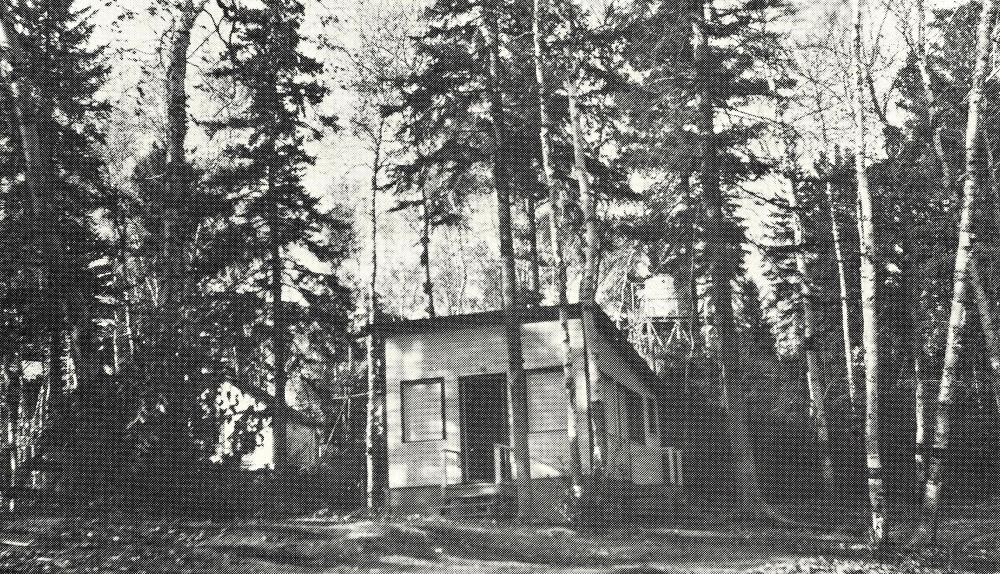
|
N.C.O. Quarters
|
Church Service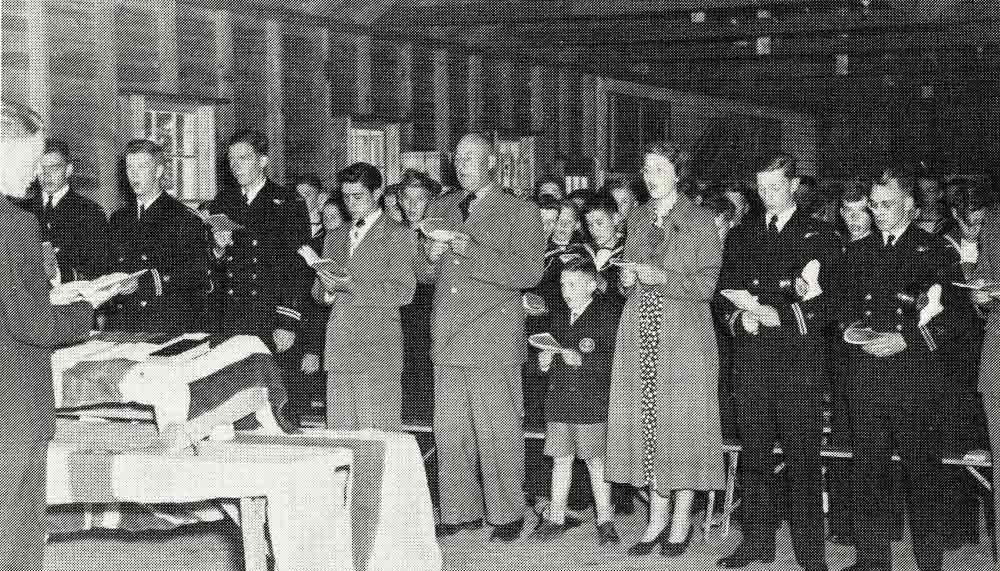
|
Mess Deck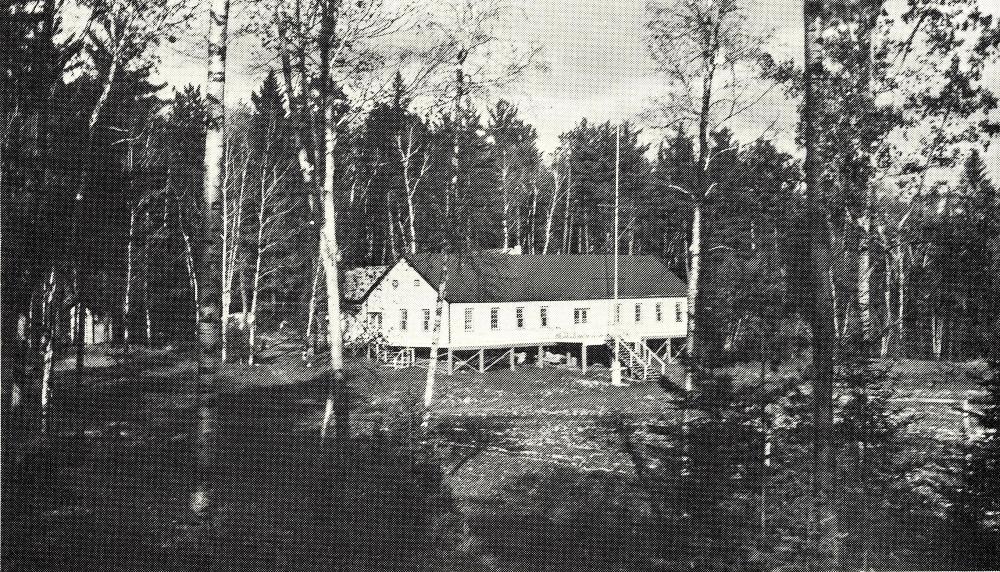
|
Harbour Craft
|
Pages 66-69